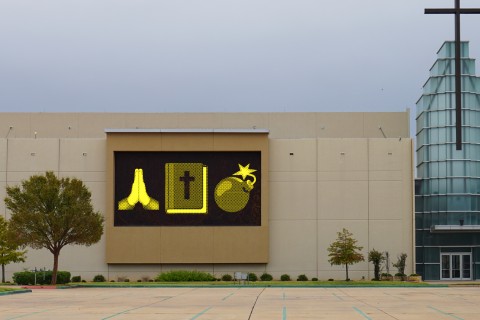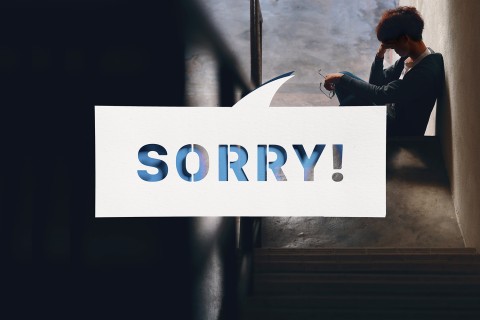Thinking about justice two years after Ferguson
I reported for jury service on a Monday morning. I had just returned to town after a week away, and there was a lot to catch up on in the office. But I wasn’t worried. A clergy friend assured me that when the attorneys learned that I’m a pastor they would probably let me go. I also had a backup plan: if it looked like I was about to be selected, I would mention my concerns about the prison-industrial complex. Surely then I would be released from service.
My plan was foiled by the fact that I was assigned to juror selection for a civil case, not a criminal one. By the end of the day I found myself sitting in the jurors’ box with 13 other people. We were sternly warned that if we didn’t show up for any day of the trial we would be subject to arrest and imprisonment. And so for the next week and a half I reported for duty at the court. The daily routine felt like a liturgy: the standing and sitting at appointed times, the hand gestures and vows recited in unison, the word-for-word readings from depositions. A robed leader led us in discernment as we evaluated the tangible details of life through a set of larger principles given by an external source and interpreted through the ages.
But it was the jury, not the judge, who would decide the outcome. And the case wasn’t clear-cut. Eyewitness reports, photos of the scene of the incident, and details about the rule of law merged as the trial unfolded. Yet the picture of what had happened and who was responsible was, in the end, still murky. The plaintiff had clearly suffered tremendous and lasting injury, but it wasn’t clear who was to blame for the misfortune. My desire for an obvious answer was unmet. The meaning of justice in the case wasn’t transparent.





